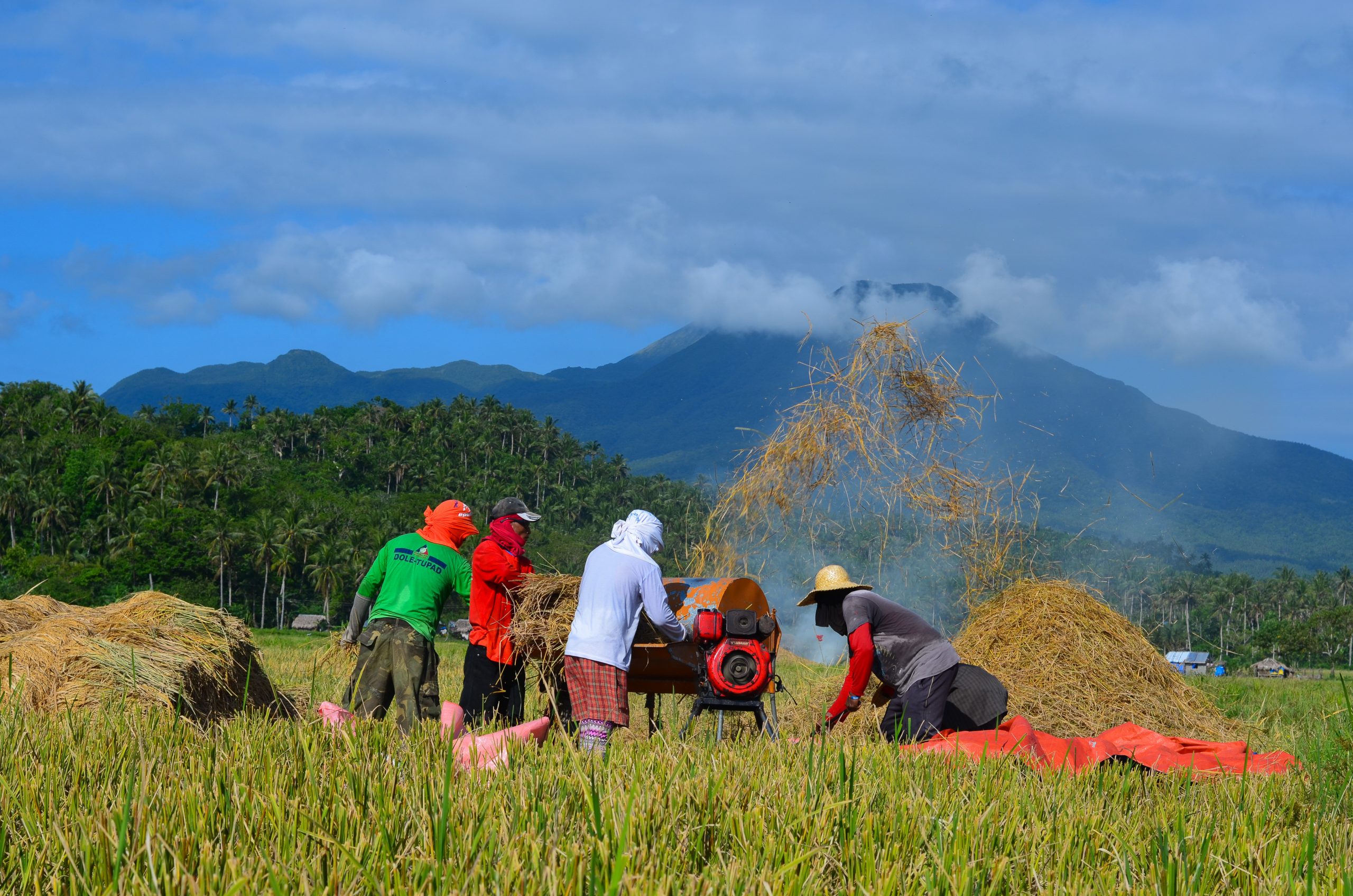
The government has to date provided more than P100 billion (B) in assistance to rice farmers estimated at P34B, and P72-B worth of savings for consumers due to lower rice retail prices.
Agriculture Secretary William Dar said since August 2019, the Duterte administration has provided rice farmers more than P34-B worth of assistance to rice farmers aimed at increasing their farm productivity and incomes, broken down as:
- Free seeds and fertilizers, farm machinery, credit assistance, and trainings under the P10-B Rice Competitiveness Enhancement Fund (RCEF);
- 8.5B under the Rice Resiliency Program;
- P7B from the DA’s National Rice Program;
- More than P2.5 billion in credit; and
- P6B as amelioration, under the rice farmers’ financial assistance (RFFA) and financial subsidy for rice farmers (FSRF).
These are on top of the assistance from the National Irrigation Administration (NIA) through free irrigation water services.
He said the amount is equivalent to more than one-half of the department’s approved budget in 2020 of P64.7B.
“This alone indicates the importance and priority given to rice farmers, and this is just for the first year of RTL alone, we are striving for a bigger allocation for the rice sector in 2021,” said Secretary Dar.
The Duterte government has poured said investments into the rice industry sector to ease the “birth pains” from the influx of imported rice resulting from the Rice Tariffication Law (RTL).
Computations made by the Department of Finance (DOF) and the Philippine Institute for Development Studies (PIDS) show initial losses for the sector could reach between P36B and P39B.
The shortfall was calculated using data from 2015 to 2017, and excluding the 2018 “abnormal” year when “artificial shortage of the commodity caused rice prices to skyrocket.”
Further, the entry of imported rice has also resulted in the reduction of consumer prices for regular milled rice, from a high of P45 per kilo (kg) to P37/kg, or a savings of P8/kg.
Thus, this is equivalent to P72B in savings gained by ordinary consumers, enabling them to buy other basic food commodities and necessities.
At the same time, the country also saw a decline in the inflation rate from 6% to 2%, as rice is one of the major components in the consumer basket.
“This allowed our less privileged countrymen to buy more food from savings generated from low inflation,” said Secretary Dar.
Despite the effect of the Covid-19 crisis on the economy, rice supply and prices remained stable under RTL.
“This only goes to show that the positives in the implementation of RTL far outweigh the negatives,” the DA chief said.
He added that “research-wise, we cannot fully assess the impact of RTL within just a short period of time. We cannot use unilateral results of studies to push a change course. We know there will be birth pains. Rest assured that the Duterte administration, through the DA, will be with the rice farmers through all these challenges.” ### (DA StratComms)














